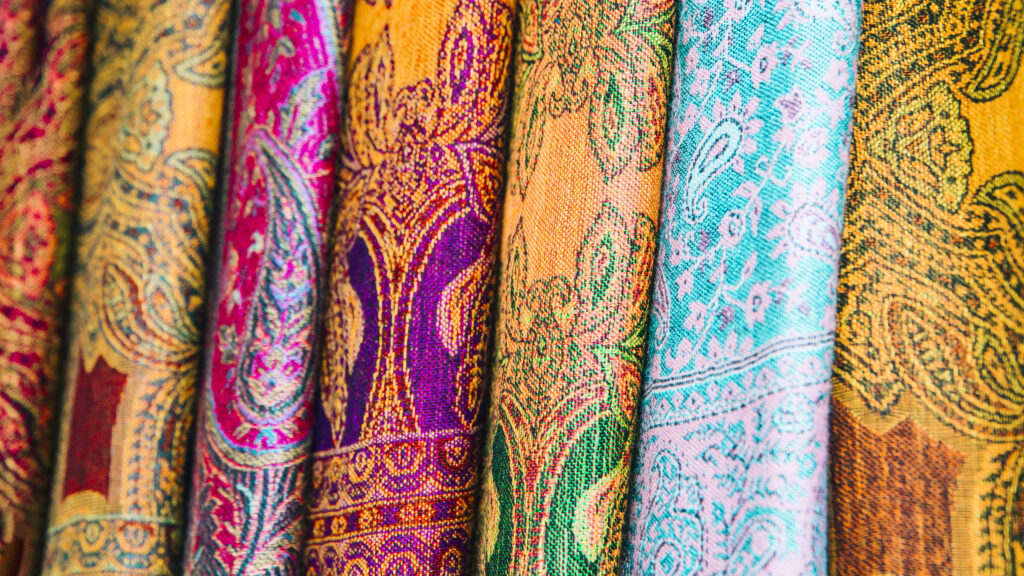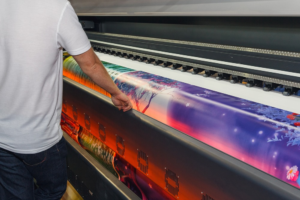In the ever-evolving landscape of technology, the textile industry is experiencing a transformative wave with the integration of data-driven approaches in textile printing. This shift is not only revolutionizing the way fabrics are designed and produced but is also paving the way for unprecedented innovation, efficiency, and sustainability. In this blog, we’ll explore the exciting realm of data-driven textile printing and how it is reshaping the future of fashion and textiles.
The Intersection of Data and Textiles
Data-driven textile printing involves the use of advanced technologies, such as artificial intelligence (AI), machine learning, and big data analytics, to inform and enhance the textile printing process. Traditionally, textile printing relied heavily on manual design processes and repetitive patterns. With the infusion of data-driven methodologies, designers and manufacturers can now harness the power of algorithms to create intricate, customizable, and unique textile prints.
Personalization and Customization
One of the significant advantages of data-driven textile printing is the ability to offer personalized and customized products to consumers. Through the analysis of consumer preferences and trends, designers can create bespoke textile prints that cater to individual tastes and styles. This not only enhances the consumer experience but also reduces waste by ensuring that only in-demand designs are produced.
Efficiency and Waste Reduction
Data-driven approaches optimize the entire textile printing workflow, from design conception to production. By analyzing historical data, manufacturers can predict demand, streamline production processes, and minimize overproduction. This not only increases efficiency but also contributes to a more sustainable and environmentally friendly industry by reducing textile waste.
Innovative Design Possibilities
Artificial intelligence plays a crucial role in pushing the boundaries of textile design. Machine learning algorithms can analyze vast datasets to identify emerging trends, allowing designers to create cutting-edge prints that resonate with current consumer preferences. Additionally, AI-driven generative design tools enable the creation of intricate patterns and textures that were once unimaginable, leading to a new era of innovation in textile design.
Quality Control and Consistency
Data-driven textile printing also improves quality control and consistency in production. By utilizing machine learning algorithms, manufacturers can detect and rectify printing errors in real-time, ensuring that each printed textile meets the desired standards. This not only reduces the likelihood of defects but also enhances the overall quality and reliability of textile products.
Sustainability and Eco-Friendly Practices
As the textile industry faces increasing scrutiny for its environmental impact, data-driven approaches provide a pathway to more sustainable practices. By optimizing production processes, minimizing waste, and using eco-friendly materials, data-driven textile printing contributes to the industry’s efforts to reduce its carbon footprint. Consumers are becoming more conscious of sustainable choices, and data-driven textile printing aligns with the growing demand for environmentally friendly products.
Embracing the future with data-driven textile printing represents a paradigm shift in the way fabrics are designed, produced, and consumed. The fusion of advanced technologies with traditional craftsmanship opens new possibilities for personalization, efficiency, innovation, and sustainability in the textile industry. As designers and manufacturers continue to explore the potential of data-driven approaches, we can expect a future where textiles are not just products but a canvas for creativity and technological advancement.


